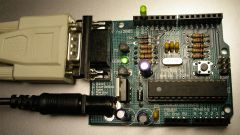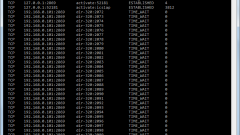Instruction
1
Ports, ready to receive packets, called open. Find them on the computer using special software scanners. Many online services offer this service. Go to the website PortScan.Ru (http://portscan.ru/fullscan.php). In the tab "Online scanner", click the "Services & protocols" to find the open ports and learn to work with what applications they are configured.
2
Spyware programs usually use some specific ports for the unauthorized access to information. Click on the "Trojans and viruses" to find out whether or not these ports on your computer. There you can see a list of malware that connect to each port.
3
To check another popular online scanner click on the link http://www.windowsfaq.ru/content/view/451/82/ Read the condition of use of the service, tick the checkbox "I have read and agree..." and click "Accept terms of use...". If you have a firewall that is configured to identify and block attacks, disable this feature or make the scanner exclusion list.
4
5
In the window "scan Settings", enter the range of ports you want to scan. This value is best left at default. Click "Start scan" to start scanning. In the list of checked ports in red will be marked open.
6
To check the status of the ports PC means Windows. The key combination Win+R to call the string "Open" and enter the command cmd. In the command window, type netstat –a –n –o. The program displays a list of all active connections. In the column "Local address" after the colon with the IP of your computer indicate the number of the port. It corresponds to the process number from the PID column.













